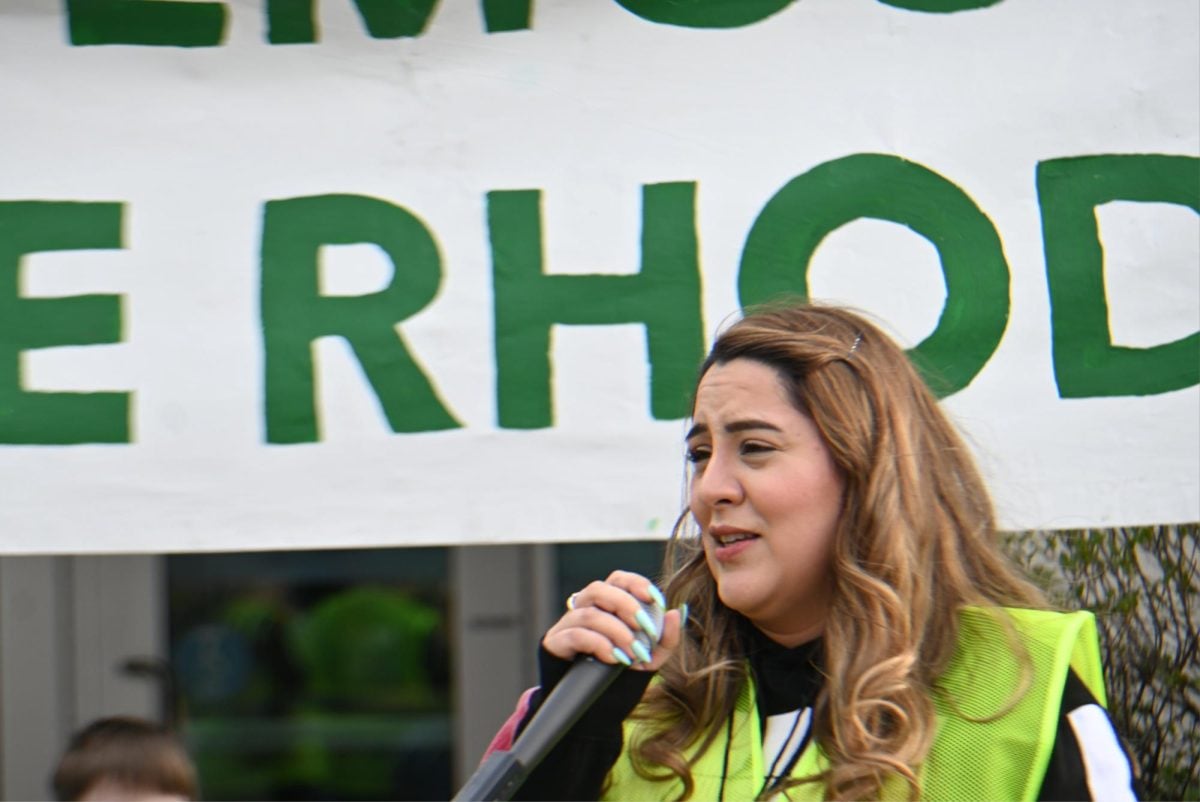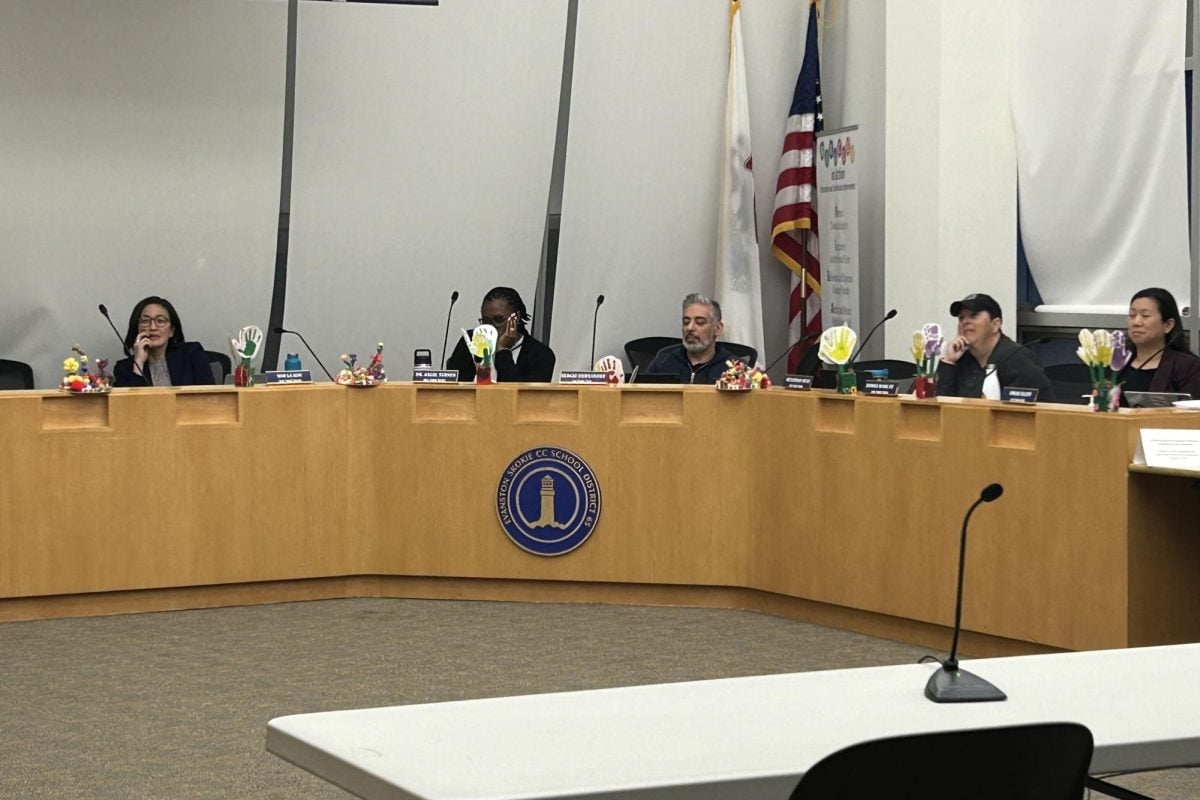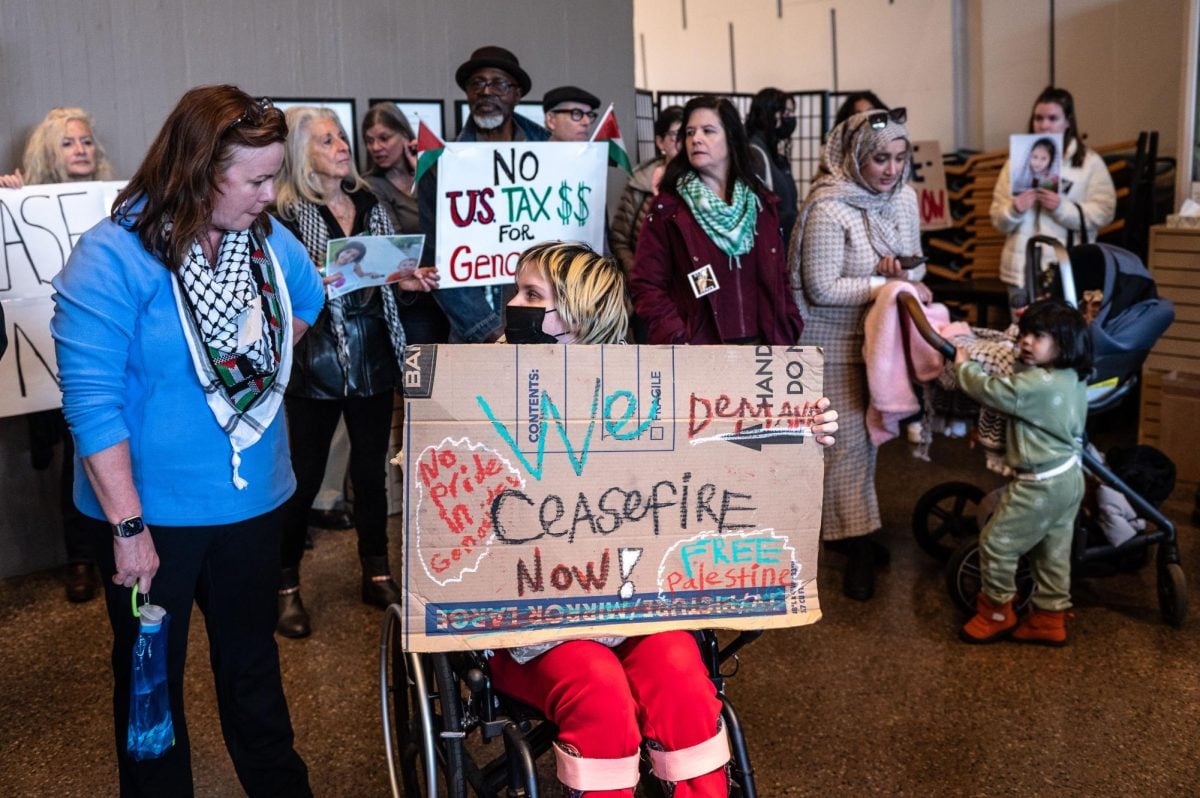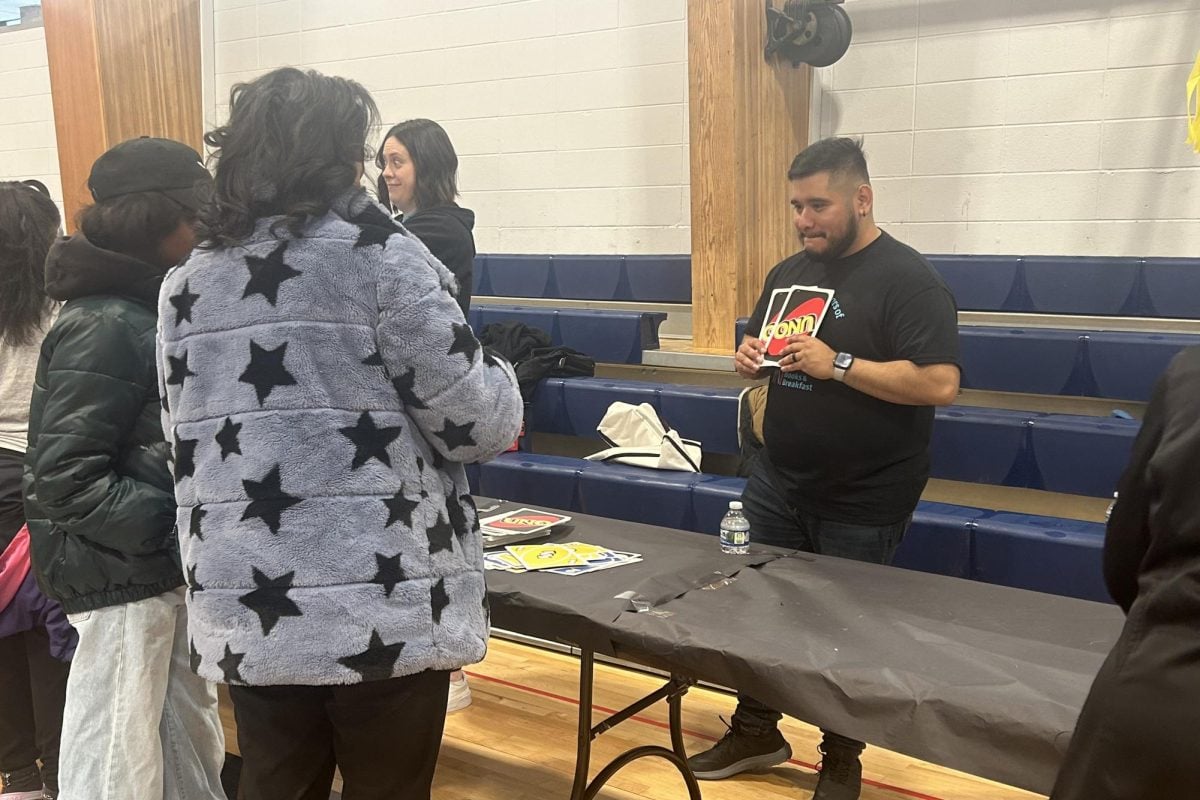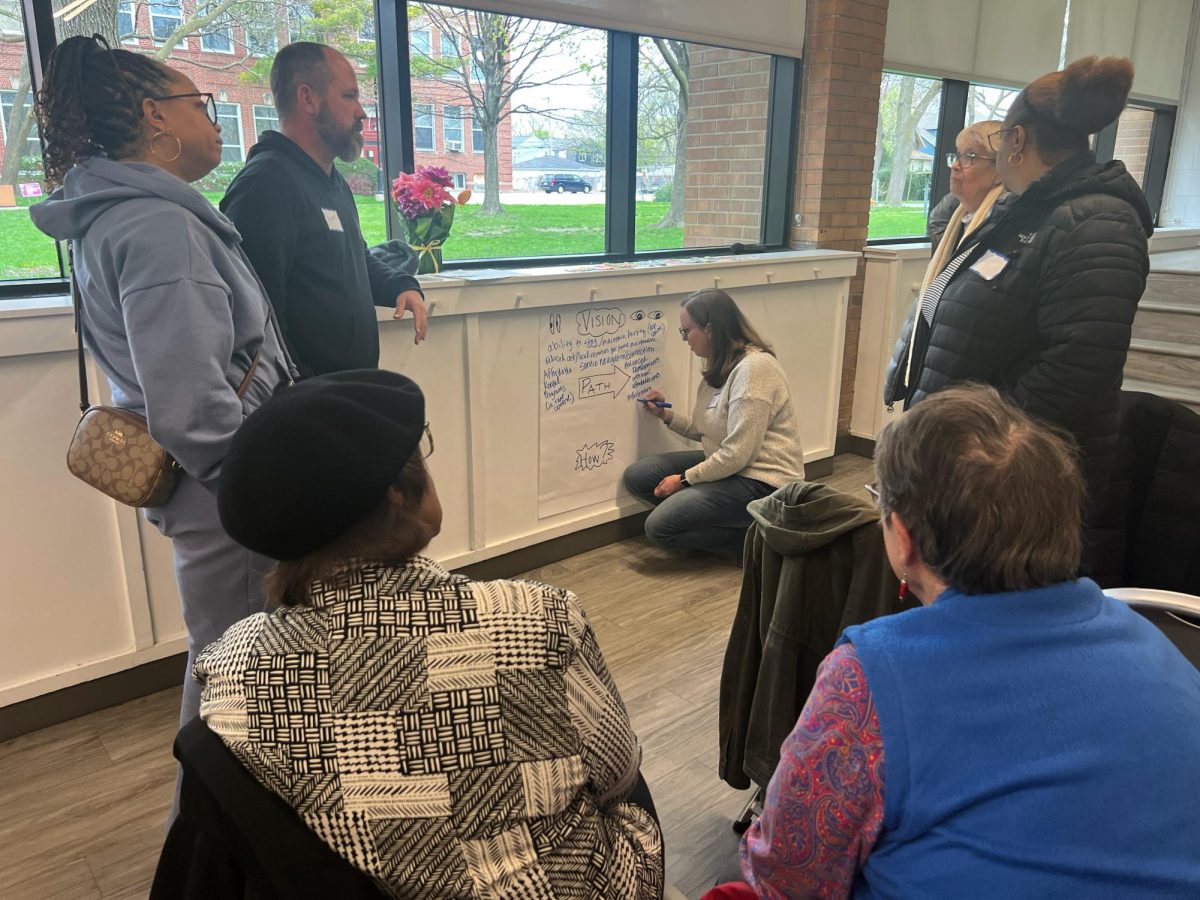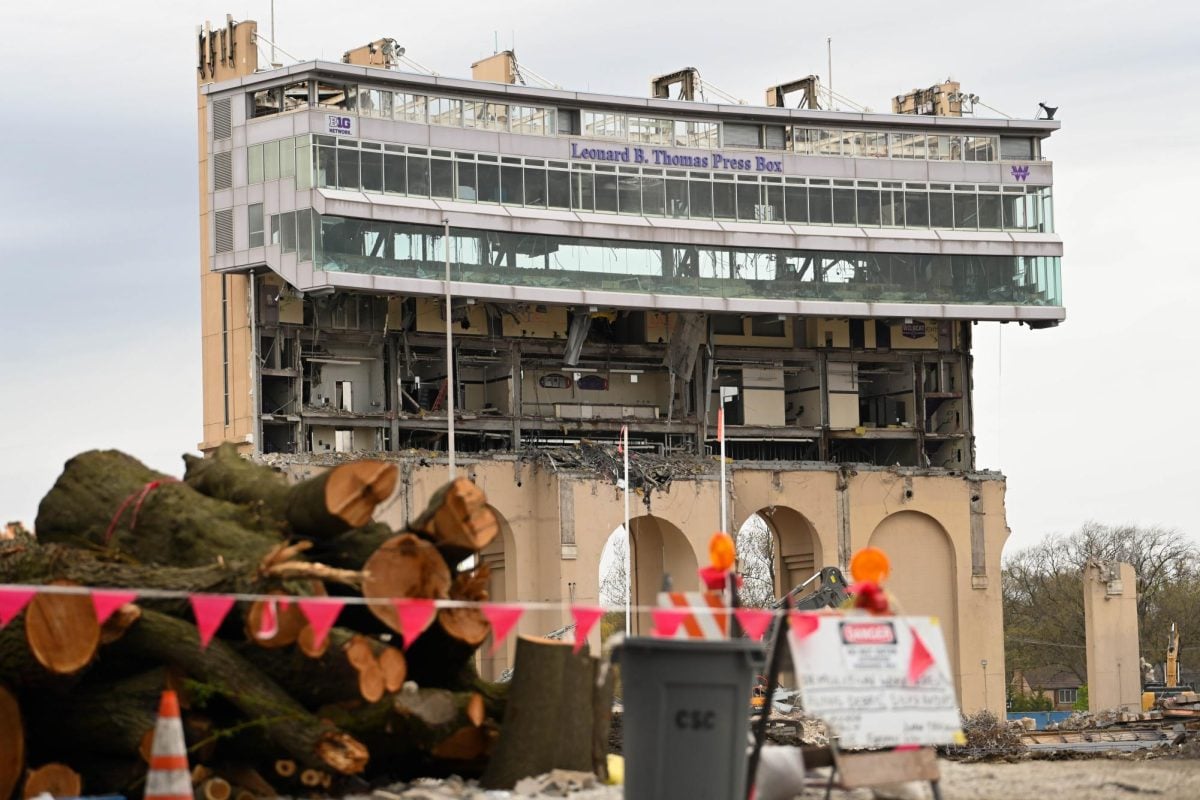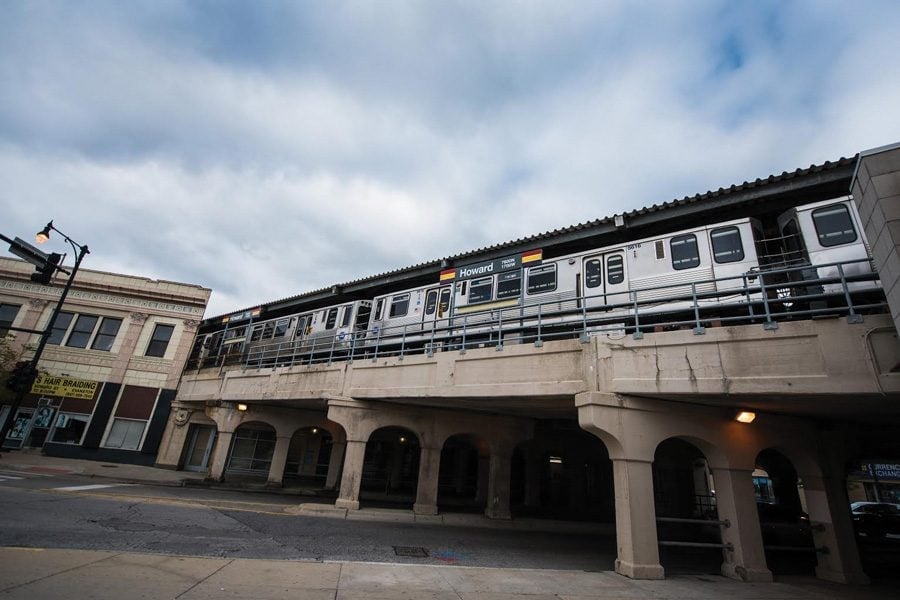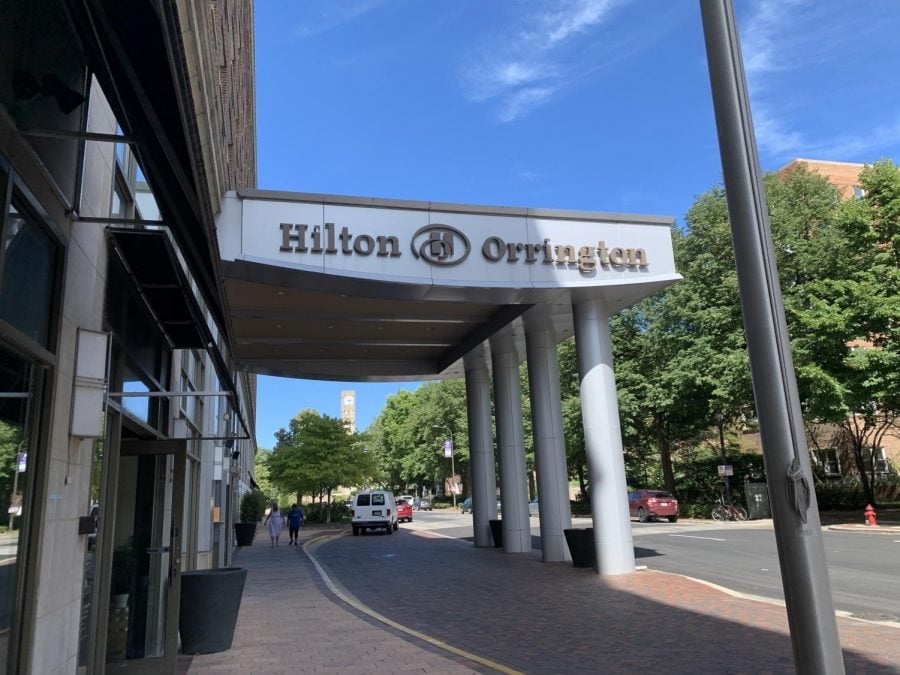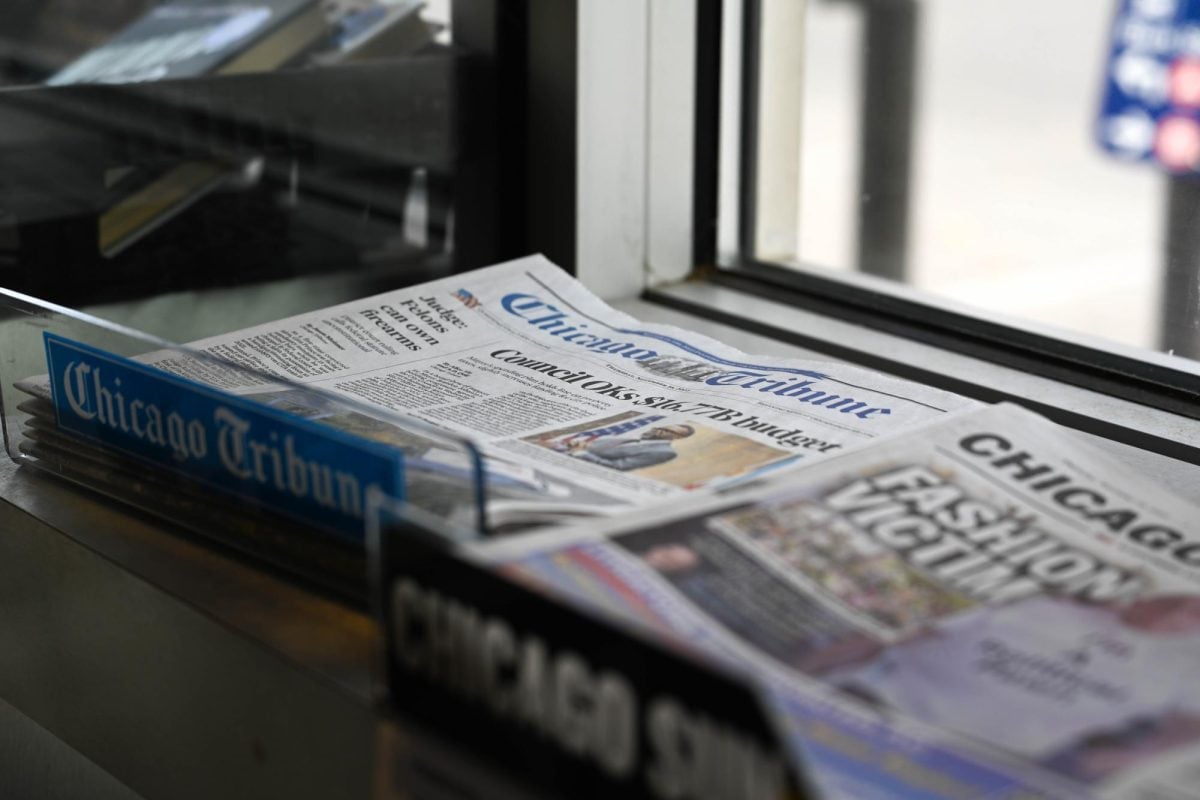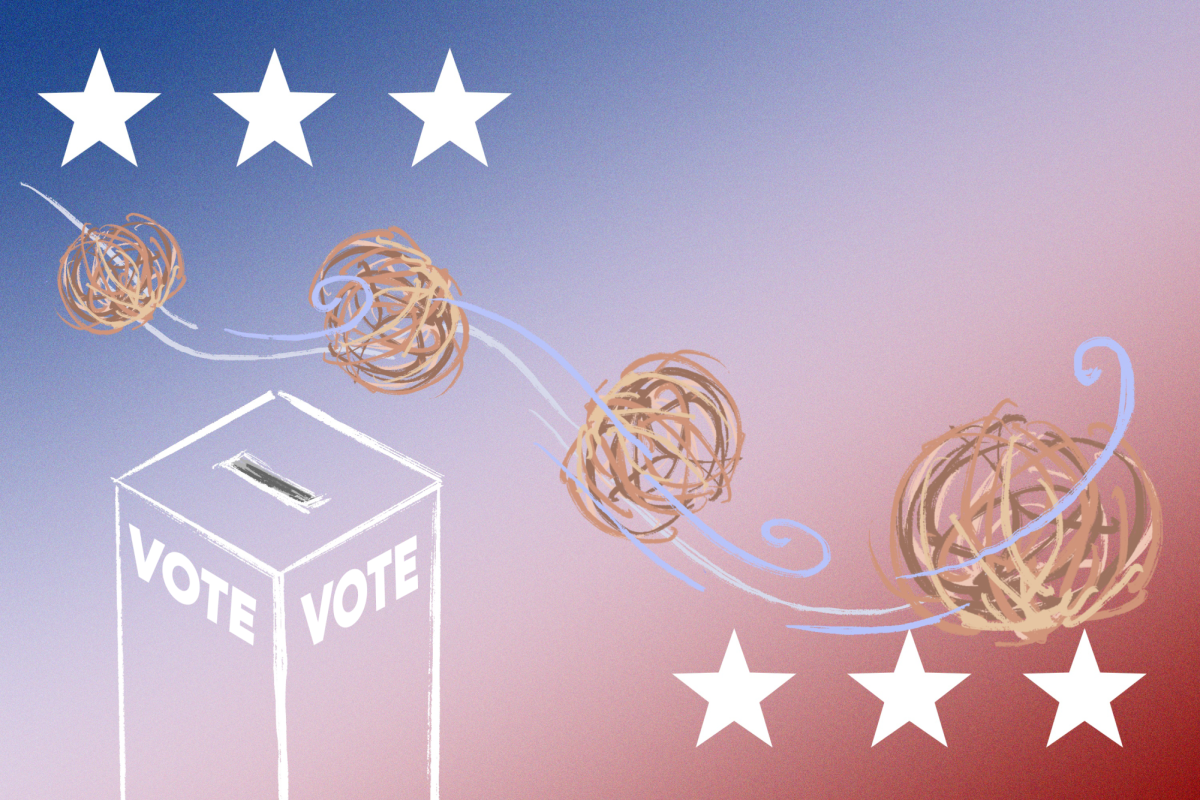U.S. Sen. Dick Durbin (D-Ill.) took a stand against school lunch fraud last week when he sent a letter to the U.S. Department of Agriculture requesting a closer look at how families apply for free or reduced meals.
The National School Lunch Program is a USDA initiative that provides subsidized meals to public schools nationwide. Children from low-income households may be eligible for free lunches if they meet federal guidelines – but the lax verification process for the application forms may allow ineligible families to take advantage of the program.
To apply for free or reduced meals, families must fill out a form at the child’s school with self-reported information about household size and annual income. If a family’s income falls below 130 percentof the official poverty line, its children will receive free meals, according to Kathleen FioRito, public affairs specialist for the Midwest region of the USDA Food and Nutrition Service. Only 3 percent of applications submitted need to be verified by school officials and the rest are taken at face value, FioRito wrote in an email to The Daily.
Durbin believes falsified forms are a serious problem and is now pushing for the implementation of the Community Eligibility Option (CEO). CEO is a recent legislative initiative that allows schools in high-poverty areas to provide free lunch for all students.
For the 2011-2012 school year, the program is only available to eligible school districts in Illinois, Kentucky and Michigan, FioRito said. Chicago Public Schools, the third-largest school district in the United States, rejected CEO earlier this year, but Durbin referred to it in his letter as “a promising program that eases the process.”
“He is hoping that by working together more closely, both sides will be able to identify ways in which changes can be made administratively or in ways that don’t require federal legislation,” wrote Christina Mulka, Durbin’s deputy communications director, in an email to The Daily.
Durbin’s interest in the issue was sparked by a Jan. 13 Chicago Tribune article that revealed falsified forms in Chicago schools. In the article, James Sullivan, inspector general for the Chicago Board of Education, said families either underreport their income or overreport their household size in order to receive benefits for which they are not eligible.
Sullivan said he is reviewing the issue to examine the prevalence of fraud across the state. The fraud is concerning because the data from the school lunch applications is used to determine eligibility for other benefit programs, he added.
“It’s hard to believe that the federal government would hand out money based on self-reported information,” Sullivan said. “School districts have to be given the ability to verify information, and people need to report accurate information. People should be taking that seriously.”
Kim Minestra, director of nutrition services at Evanston Township High School, said her department verified about 30 of the 1,100 applications submitted this year. She said 42 percent of the roughly 2,980 students at ETHS receive free or reduced meals.
The high school formerly required applying families to come in for an interview, but officials decided a few years ago to simplify the process by accepting applications via mail.
Even without the in-person sessions, Minestra said falsification is not a major concern at ETHS.
“It’s important to make sure that the ones who don’t really need it aren’t getting it,” Minestra said. “But I’m not one to micromanage that, because most likely if you’re filling out the application, you probably need it.”
There are 171 Illinois schools in which 100 percent of students receive free or reduced lunch, according to the Illinois State Board of Education’s 2011 eligibility report. Of Illinois’ 4,380 schools, there are 2,205 in which at least 50 percent of students receive these benefits.
School districts may have other motives for streamlining the process, because more kids getting free lunch means higher poverty, and higher poverty means more federal money, said Sarah Karp, deputy editor of Catalyst, a nonprofit magazine focusing on Chicago school reform. For every student that receives a free lunch, the school will receive about an extra $500 through Title I, the largest source of federal funding for schools, she said.
“It’s proven that it costs more to educate a poor student than a wealthy one,” Karp said. “It’s not about the lunch – it’s about the money attached to it. There’s a big incentive to lie. The chance that someone is going to get caught (falsifying forms) is so slim, it becomes very lucrative to take a gamble.

